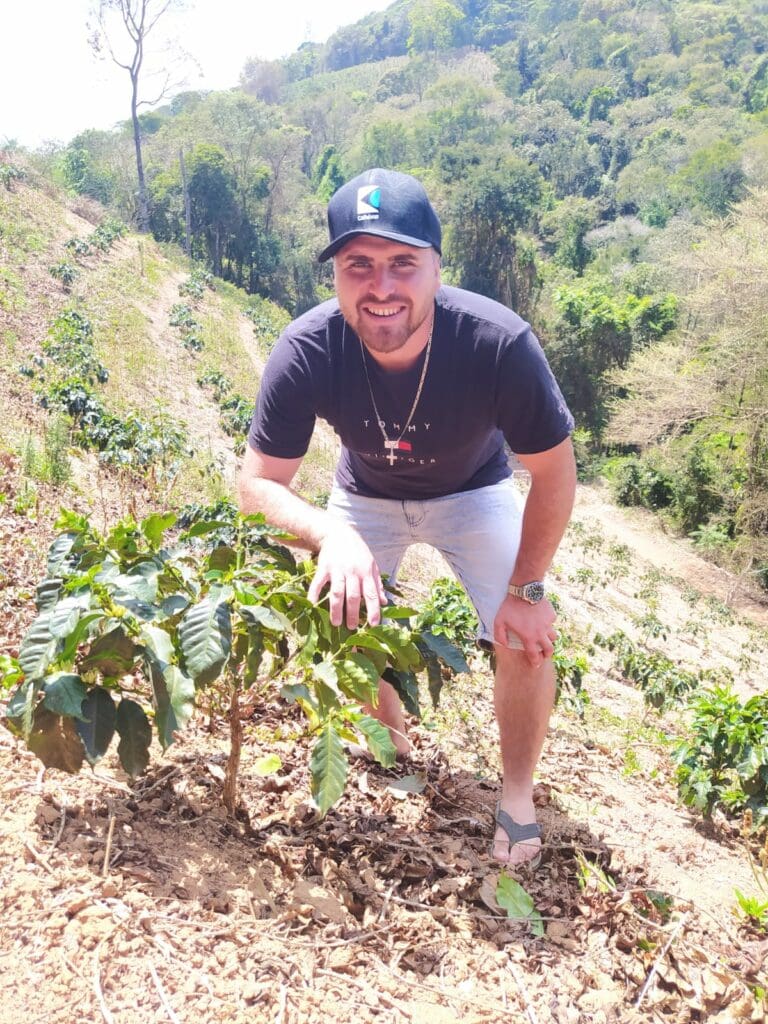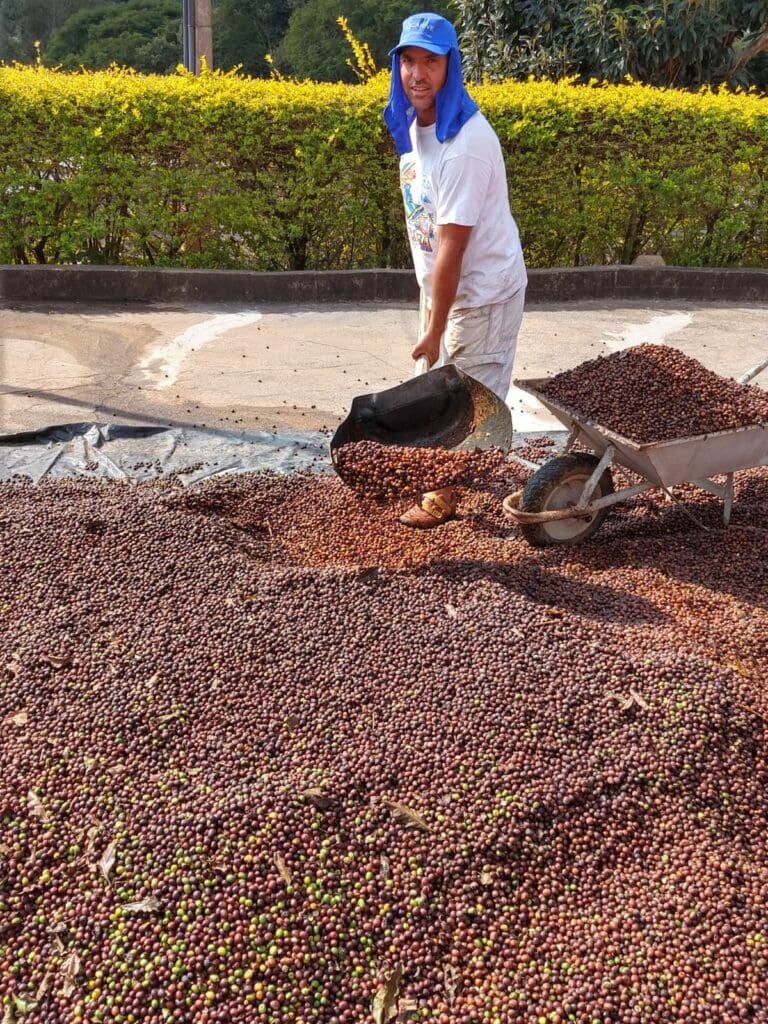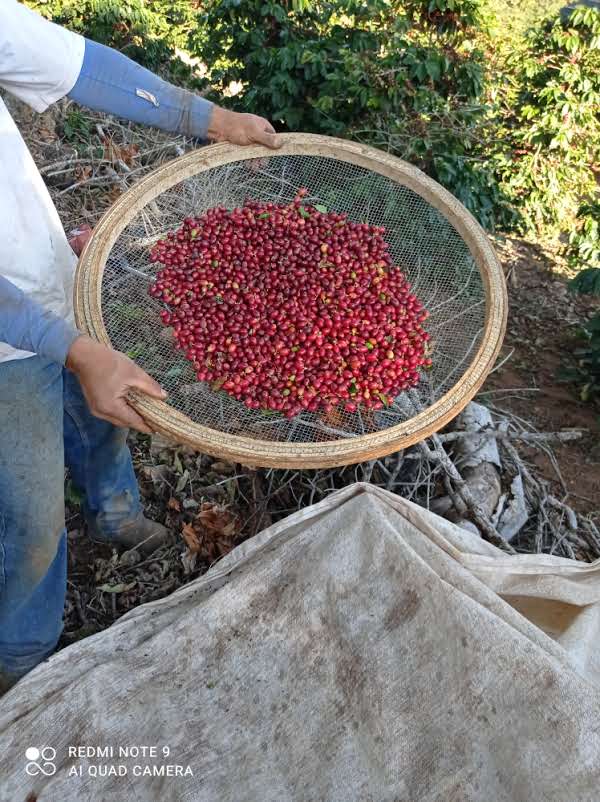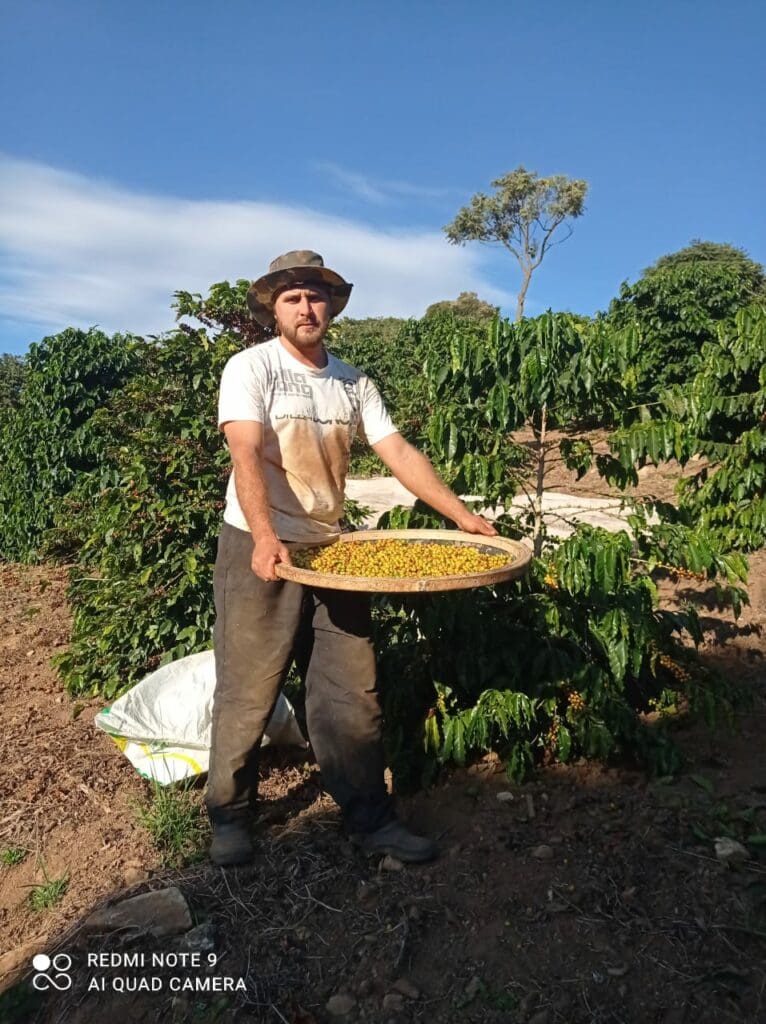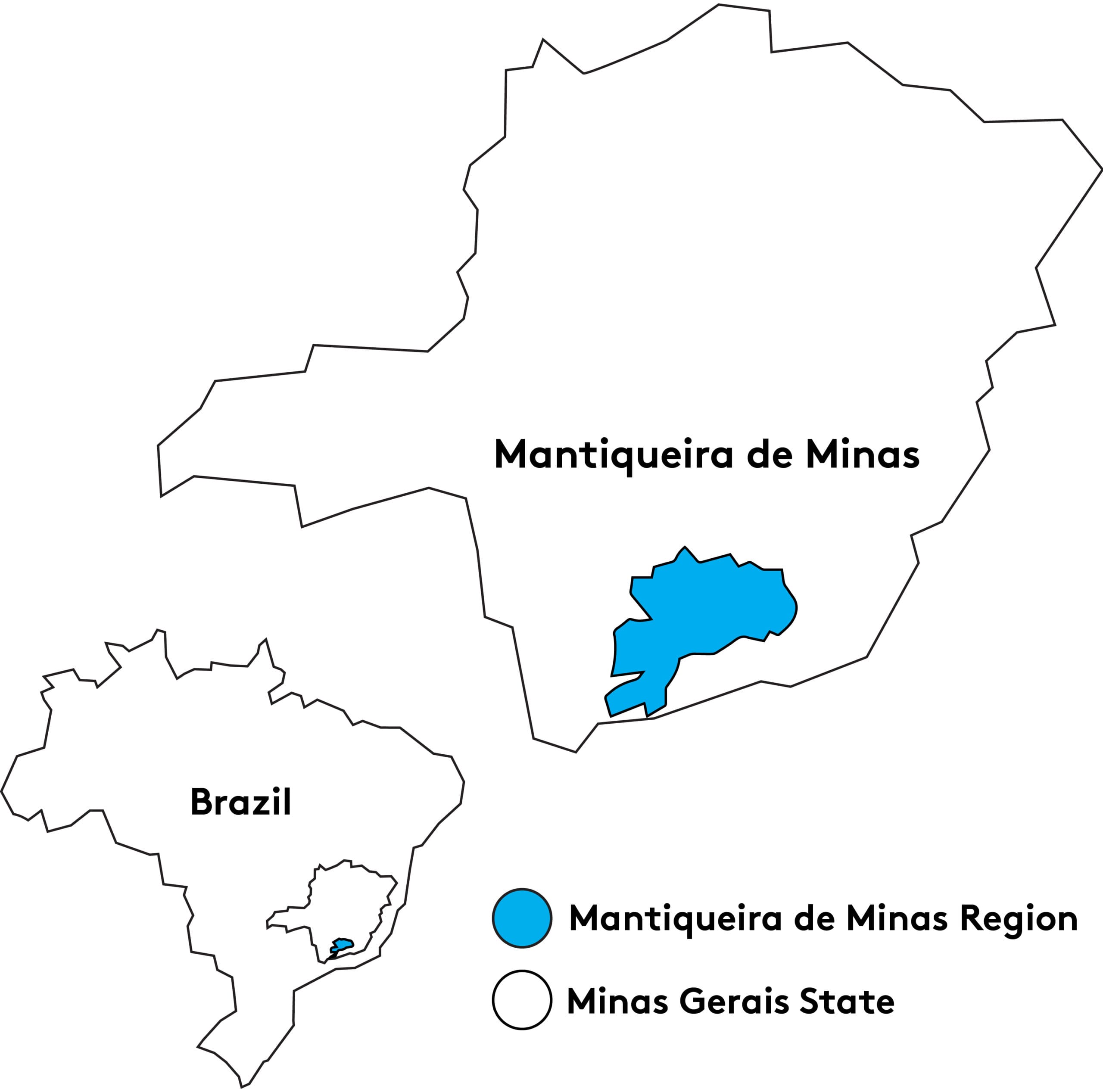Gustavo Oliveira Ribeiro de Sousa is a fourth generation coffee producer operating his family’s Sítio Água Limpa do Congonhal in Lambari, Minas Gerais. The 26 hectare property was originally overseen by his great-grandfather, Mr. Francisco Paulinho de Sousa, who worked with dairy cattle and grew a small amount of coffee on the farm. It was Francisco Paulinho de Sousa Filho, Gustavo’s grandfather, who first proposed planting coffee trees in the highest places of the property and would eventually convert the majority of the operation to coffee cultivation. The tradition would then be passed on to Francisco Filho’s children, and finally on to Gustavo who is the newest producer in the family’s long legacy.
Sítio Água Limpa do Congonhal is planted with 24 hectares of coffee, including several varieties such as Rubi, Acaia, Red and Yellow Catuai, and more. Gustavo works the land alongside his mother and uncle, Valéria Ribeiro de Sousa Oliveira and Ronaldo Ribeiro de Sousa, and his grandfather Francisco, bringing together three generations and decades of experience to produce high quality coffee. Processing is completed in a static dryer to ensure consistency and quality.
This lot of Red Catuai coffee underwent Natural processing. Catuai was made by the Instituto Agronomico (IAC) of Sao Paulo State in Campinas, Brazil by crossing Mundo Novo and Caturra varieties. Catuai coffees are cultivated widely across Brazil, and are known for their high productivity potential.
